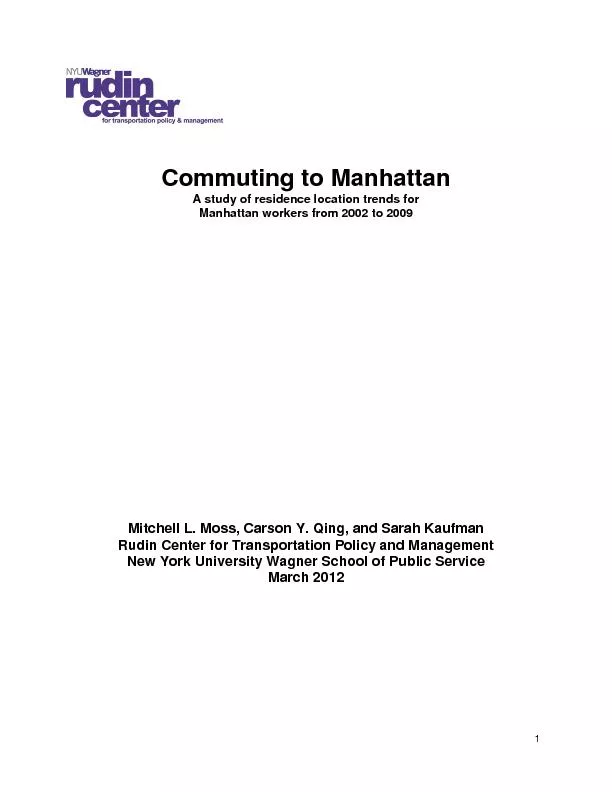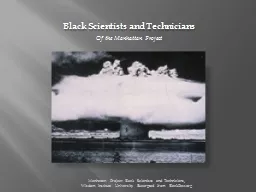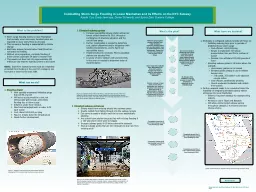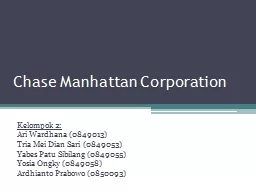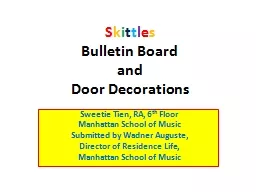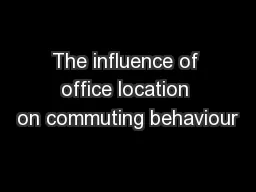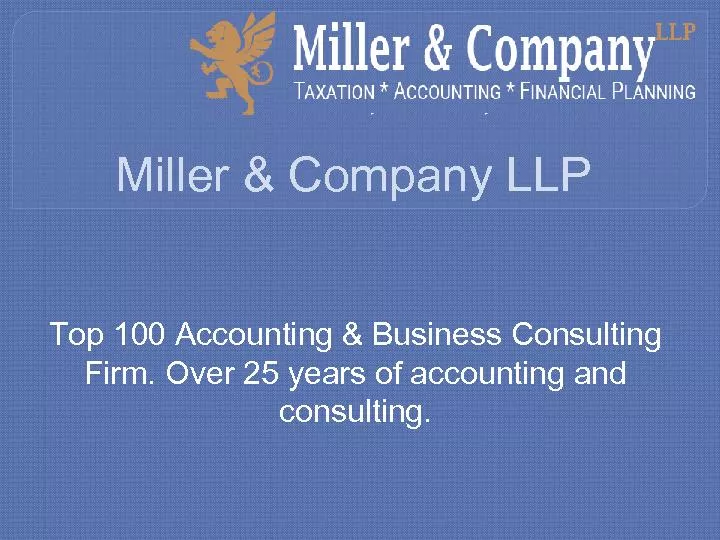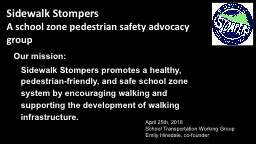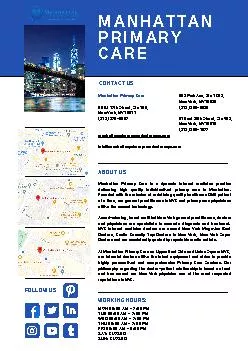PDF-Commuting to Manhattan
Author : marina-yarberry | Published Date : 2016-05-06
1 A study of residence location trends for Manhattan workers from 2002 to 2009 Mitchell L Moss Carson Y Qing and Sarah Kaufman Rudin Center for Transportation Policy
Presentation Embed Code
Download Presentation
Download Presentation The PPT/PDF document "Commuting to Manhattan" is the property of its rightful owner. Permission is granted to download and print the materials on this website for personal, non-commercial use only, and to display it on your personal computer provided you do not modify the materials and that you retain all copyright notices contained in the materials. By downloading content from our website, you accept the terms of this agreement.
Commuting to Manhattan: Transcript
Download Rules Of Document
"Commuting to Manhattan"The content belongs to its owner. You may download and print it for personal use, without modification, and keep all copyright notices. By downloading, you agree to these terms.
Related Documents

